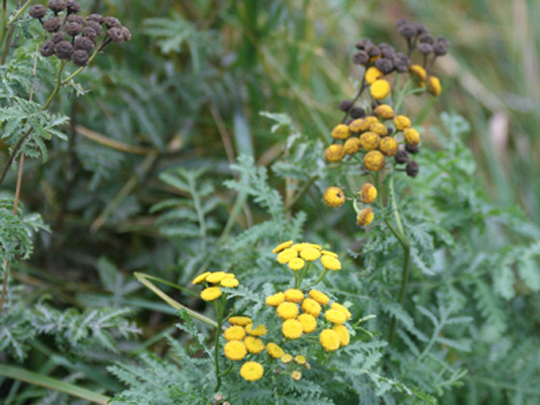Invasive Plants: We're not through with you

Co-hosted by the Biosphere and Elk Island National Park, 20 people participated in the second in a series of community engagement workshops on April 20 with an aim to doing more to tackle invasive plants that are found the Biosphere.
In an effort to protect the Beaver Hills landscape from the destructive impacts of invasive plants, this past February, Beaver Hills Biosphere and Elk Island National Park co-hosted the first in a series of virtual workshops focused on tackling invasive plants by taking a regional, collective approach to invasive species management and awareness.
More than 50 highly engaged people attended the first workshop, including representatives from government and non-government organization, industry, Indigenous communities, academia and private landowners.
That first workshop was a clear indicator that people are keen to share their issues and experiences related to invasive plants, contribute their knowledge about the management of invasive plants and establish a collaborative approach to tackling this troublesome issue in the Beaver Hills.
Building on the success of the first workshop, at the April 20 workshop, presenters Mike Bates, Agricultural Fieldman with Beaver County, Daryl Wright with Seed 2 Leaf Environmental Consulting and Pinette Robinson, Conservation and Restoration Project Manager with Elk Island National Park, discussed invasive species of concern in the region, shared applied knowledge and management approaches, and talked about options for working together, including what does a Community of Practice and the summer field season look like in a pandemic.
A few of the species of concern in the Biosphere include orange hawkweed, common tansy, Himalayan balsam and invasive phragmites.
“Looking ahead, I think it would also be very helpful to share data or tap into existing data-sharing avenues, especially to track the introduction of new invasive plants and how they spread across the Biosphere,” says Pinette Robinson, Conservation and Restoration Project Manager at Elk Island National Park (EINP). “I think this would be an excellent ‘early-warning’ tool for land managers.”
As partners in this initiative, both EINP and the Biosphere intend to continue these workshops, establish a Community of Practice and, if pandemic restrictions permit, conduct several field-days this summer to share information on specific invasive plant management actions land managers are implementing.
“In the long-term, and once we have a Community of Practice established, I hope we can have annual or semi-annual Biosphere-wide meetings to stay connected and continue to share knowledge and the outcomes of our respective activities on the landscape,” adds Pinette.
This initiative and these workshops are open to anyone interested in learning about invasive plant management in the Biosphere and anyone with knowledge to share.
Get involved
Stay connected and get updates on this initiative on Facebook, Twitter and Instagram and check the Biosphere website Events page for future workshops.
Find, map and track invasive species on the Alberta Invasive Species Council’s EDDMapS Alberta app.